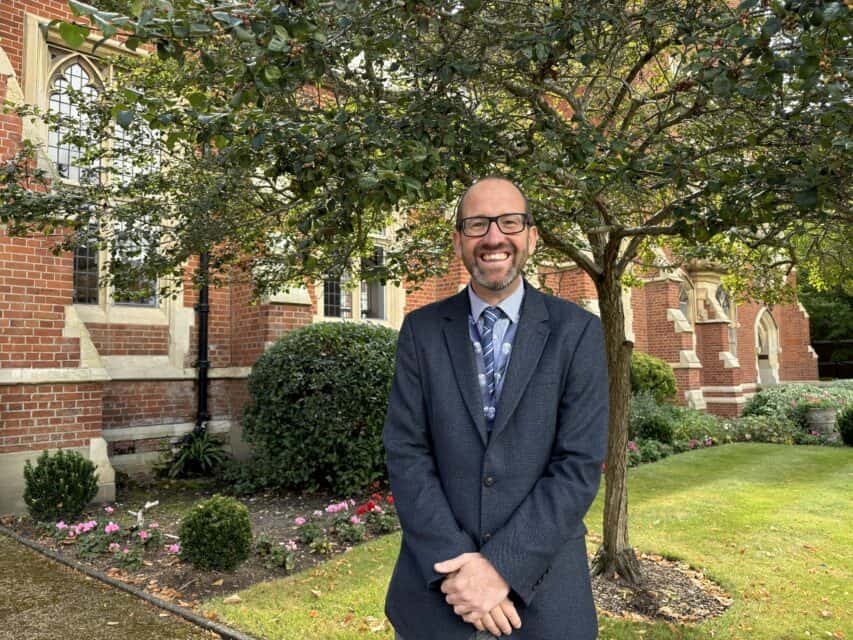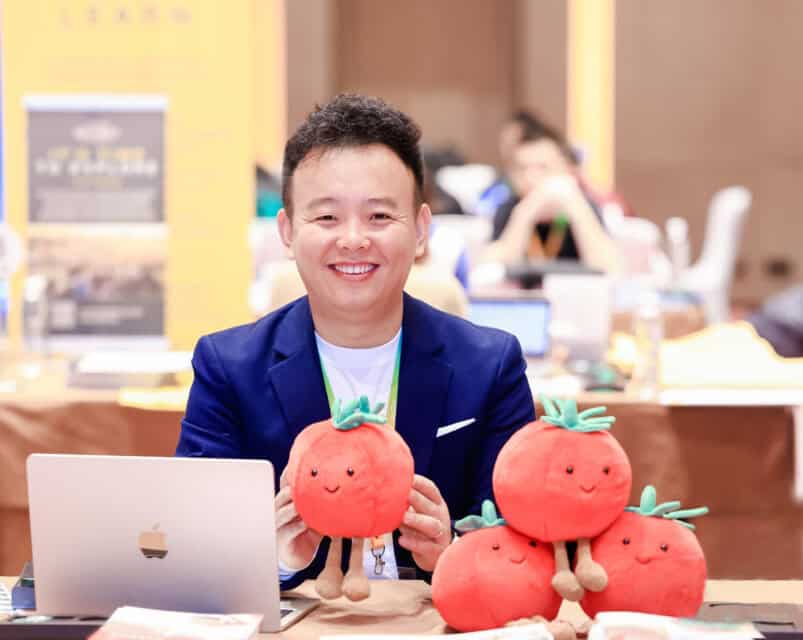Gordon Cheung is the outgoing president of the and associate pro-vice chancellor of . He speaks with Сư�洫ý about in and out-bound student mobility in Asia, MOOCs and “measuring” internationalisation.
Сư�洫ý: Tell me about your year as head of APAIE.
GC: This last year we’ve done a lot in terms of tightening up internal administration and increasing membership. At last year’s conference, my vice chancellor promised to bring in more people from mainland China and this year we had 100 participants from there, 100 from Taiwan and 100 from Hong Kong, which is great. We also recently brought in to our membership and we hope we can bring in more mainland Chinese institutions through that.
Сư�洫ý: This year marked the seventh APAIE conference. What was different about this one?
GC: We have seen a great increase in the amount of participants. In previous years we normally had about 800 to 850. This year, we have reached 1,300. That’s more than a 50% increase. We want to develop but we don’t want to see it get too big. We don’t want to make another NAFSA or EAIE, but we will continue to reach out to different countries and regions in Asia.
“In previous years the APAIE conference had about 800 to 850 participants. This year we have reached 1,300”
We coordinated all the institutions in Hong Kong to set up a pavilion to exhibit Hong Kong as a collective brand. Going to different locations and asking the local universities to co-host is something we’re going to continue to do in the future because we want them to work together. Next year in Seoul, 11 universities will host the conference.
We also introduced regional reports this year by inviting the vice-presidents of universities from various Asian nations to speak so that participants can go to sessions and learn more about one specific country.
Сư�洫ý: Why are you so focused on increasing participation from Chinese universities?
GC: There is more and more demand to send students to China. Of course Asia in general, but China in particular because the world’s attention is on China’s economic development. More people want to learn Chinese and come to China because they think the language will be an advantage for them and in the future, they might be able to find a job in China. So we hope that we can facilitate that to happen. In fact, we hope that the 2015 APAIE conference will be in China.
“There is more and more demand to send students to China, because the world’s attention is on its economic development”
Сư�洫ý: 2015 is also when the ASEAN Economic Community will have achieved full integration. How do you think mobility in those countries will be affected?
GC: We still do not have enough representation from the ASEAN countries, except Singapore, which is tiny, and Thailand which is not active enough. We don’t have active participation from Malaysia or Vietnam, and it is our responsibility to coordinate them – not just the developed countries or regions in Asia. In fact we need to offer more assistance to those underdeveloped countries like Indonesia.
We are thinking how we can encourage them to join APAIE conferences in the future or we might even reach out to their countries to hold mini-conferences to bring people there because universities in those countries want to send their students out but they don’t know how to do it. Conferences are a good platform. If they want to develop their Asia-Pacific network, they can do it here instead of having to travel to 10 different countries. They just come here and set up 30 meetings; it’s very efficient.
Сư�洫ý: You want more East to East exchange. What barriers stand in the way?[More>>]
GC: Europe is comprised of many countries but you can cross the borders on land and still it took them years to set up the Erasmus programme. In Asia, our borders are in water. It’s more difficult for students to cross over to other countries. Also, we speak so many different languages and dialects.
And in Asia a new academic year starts every month, depending on the country. And the cost- it’s easier for Hong Kong or Japanese students to study in developing countries. But for students from those countries it’s difficult for them to do the reverse. So, we need the support from the government.
Сư�洫ý: Who in Asia does a good job at supporting their students to go abroad?
“In Asia, our borders are in water. It’s more difficult for students to cross over to other countries”
GC: Hong Kong is doing great. We’ve got lots of support money from the government. Singapore is doing great too. But we’re two tiny places. China is starting to do a good job now but there’s too great demand compared to the resources they have. Japan is also doing well with the launch of the Global 30 programme a couple of years ago to establish programmes in Japan that are offered in English to attract foreign students to come to Japan, although they only had 13 universities participating. And recently they launched the Global 30+ to send students out.
Сư�洫ý: What direction would you like to see APAIE take in the future?
GC: Everybody talks about internationalisation but nobody knows how to do it. I want to see APAIE play an even more important role not just in organising the conference and networking but also getting in more professional development. We don’t have a degree of a discipline called “international higher education”. We don’t teach lower level professionals how to handle international students and international recruitment. We just ask them to do the work. Hopefully we can develop that.
Even worse, nobody knows how to measure internationalisation. But, every time someone thinks internationalisation is good, they give you money. The government will ask you for results and impact and I cannot just tell them we have 300 more students going abroad. So we’re discussing with our sister associations like , , and how to find a way to work together to support more research in the area.
“Nobody knows how to measure internationalisation. But every time someone thinks internationalisation is good they give you money”
Сư�洫ý: How are Asian institutions reacting to the buzz of MOOCs?
GC: just signed an agreement with Coursera to put up five courses in the next two years. We don’t want to be excluded so we’ll participate but we want to observe more. I think many institutions in the area are taking the same approach. But the Asian concept of MOOCs is very different. The Western concept thinks they can replace classroom teaching and we think they can facilitate classroom teaching but it will go slowly. We also think that it can be a very good medium for reaching out to a lot of people.



